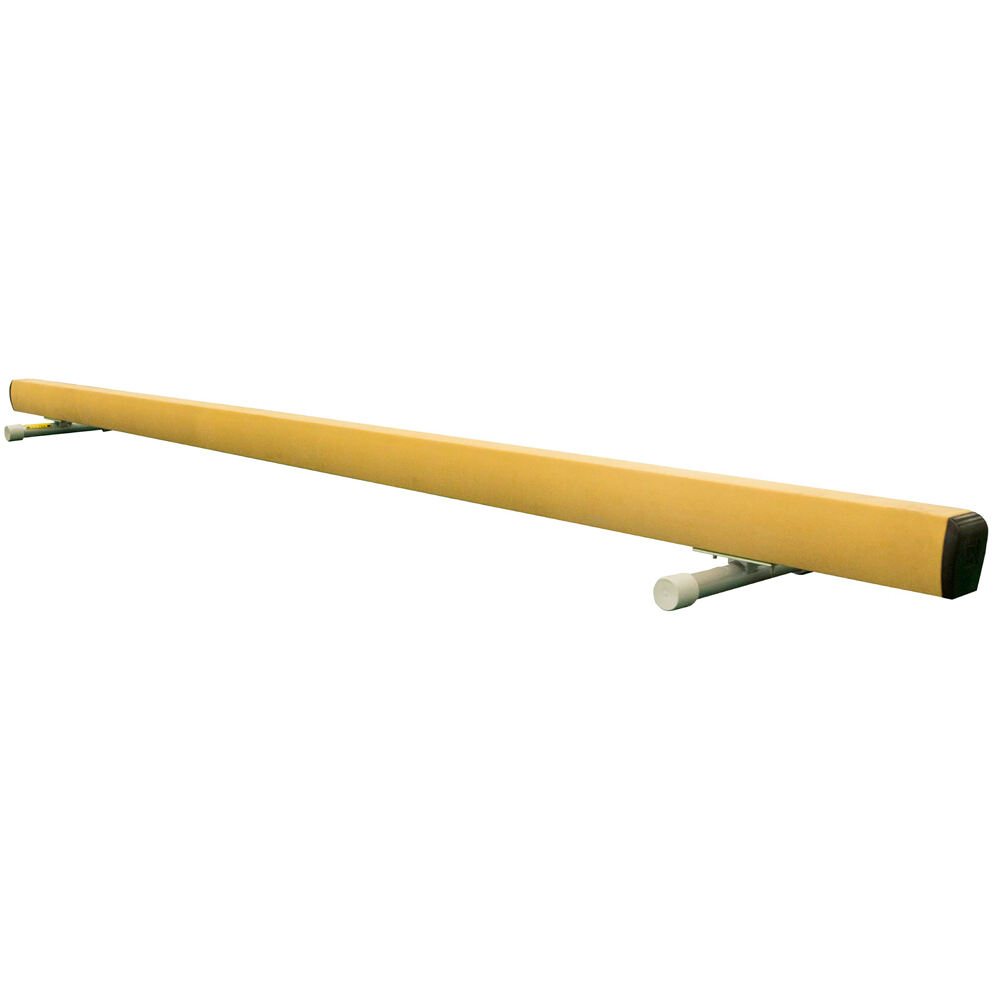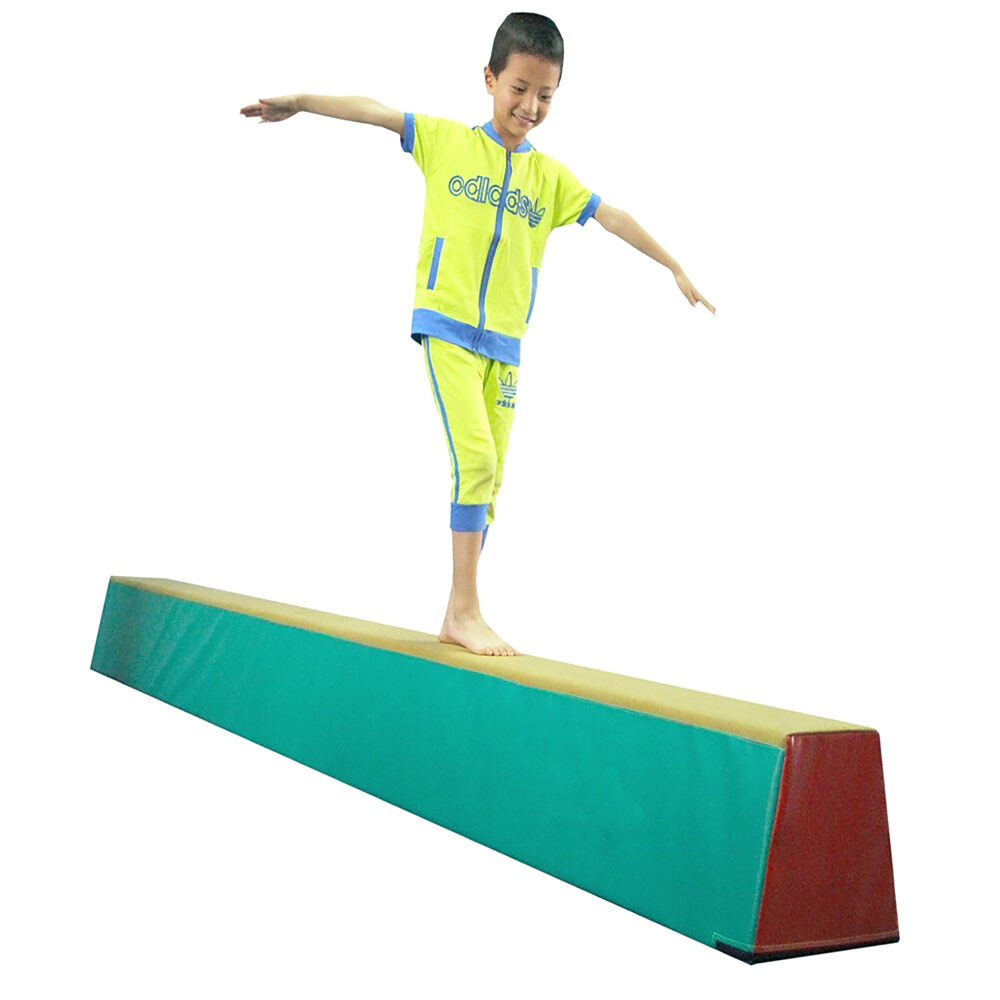Height-Adjustable Balance Beams: Grow with Your Young Athlete
When it comes to developing skills, confidence, and coordination in gymnastics, few pieces of equipment are as iconic and versatile as Balance Beams. For young athletes just starting their gymnastics journey, the balance beam can be both exciting and intimidating. This is where height-adjustable Balance Beams play an essential role. They offer flexibility, adaptability, and a progressive training path that grows alongside the child, ensuring safe practice and steady improvement.
This article explores the value of height-adjustable Balance Beams, their role in skill progression, safety considerations, and how parents and coaches can choose the right beam to support a child’s development in gymnastics.
The Importance of Balance Beams in Gymnastics Training
Balance Beams are central to gymnastics, not just as an apparatus in competition but also as a training tool that builds balance, coordination, focus, and strength. Even for gymnasts who may never compete, beam practice enhances posture, core stability, and concentration — skills that transfer to other sports and daily activities.
For children, the balance beam is often one of the first pieces of equipment they encounter in a gym. Learning to walk, jump, and perform simple moves on the beam instills confidence and discipline. But since the standard competition beam stands 125 centimeters (4 feet) above the ground, starting young athletes at full height is neither safe nor practical. That’s why adjustable Balance Beams provide a safer and more effective learning environment.
What Are Height-Adjustable Balance Beams?
Height-adjustable Balance Beams are training beams that can be raised or lowered depending on the gymnast’s skill level and comfort. Unlike fixed-height beams, which are either floor-level or competition-level, adjustable beams grow with the athlete’s development.
Many models feature simple mechanisms that allow parents or coaches to shift the height quickly. For beginners, the beam can be placed just inches off the ground, reducing the fear of falls. As skills improve, the height can be gradually increased, helping gymnasts adapt to greater challenges.

Benefits of Height-Adjustable Balance Beams
Progressive Skill Development
Children can start practicing at floor level, mastering basics like walking forward, sideways, or backwards on the beam. As they gain confidence, the height can be increased incrementally, preparing them for higher-level routines.
Confidence Building
The fear of falling is one of the biggest obstacles for beginners. By starting low and raising the beam gradually, gymnasts develop trust in their abilities without overwhelming anxiety.
Safety and Injury Prevention
Lower starting heights minimize the risk of serious injury from falls. Adding mats around the beam further enhances safety, allowing young athletes to practice without hesitation.
Long-Term Usability
Since adjustable beams can be used for multiple stages of progression, they provide excellent long-term value. A gymnast doesn’t outgrow the equipment quickly; instead, it adapts to their level.
Suitable for Home and Gym Use
Many adjustable Balance Beams are designed for both professional gyms and home training spaces. This versatility ensures that practice can continue outside of class, reinforcing skills and accelerating progress.
Skills Learned on Balance Beams
Balance Beams support a wide range of skills that can be taught progressively:
Beginner skills: Walking forward and backward, balancing on one foot, simple jumps.
Intermediate skills: Leaps, turns, cartwheels, handstands.
Advanced skills: Back walkovers, aerials, complex leaps, and acrobatic sequences.
By having a beam that adjusts in height, gymnasts can practice these skills safely, progressing from low to higher levels without abrupt transitions.
Choosing the Right Height-Adjustable Balance Beam
Material and Construction
Look for sturdy beams made with high-quality wood or metal frames, topped with a suede or non-slip synthetic covering. These materials replicate the feel of competition beams while ensuring durability.
Adjustability Range
Some beams allow small height adjustments (e.g., floor to 2 feet), while others can extend up to near-competition height. Choose a model that aligns with your child’s current level and long-term goals.
Stability and Safety Features
The base should be wide enough to prevent tipping. Non-slip rubber feet or stabilizers ensure the beam stays firmly in place during use.
Length of the Beam
Competition Balance Beams are 16 feet long, but training beams come in shorter lengths for home use. Consider available space and the type of skills your athlete will practice.
Portability and Storage
If the beam will be used at home, portability is important. Lightweight, collapsible beams are easy to move and store when not in use.
Training Tips for Young Athletes on Adjustable Beams
Start with Basics
Before attempting tricks, children should spend time walking, balancing, and developing confidence on the beam. Mastering basics builds the foundation for advanced moves.
Always Use Mats
Even with low beam settings, mats provide essential cushioning and peace of mind. Mats should extend on all sides of the beam for full protection.
Encourage Proper Form
Coaches and parents should emphasize posture, pointed toes, and straight arms early in training. Practicing with correct form prevents bad habits that are difficult to correct later.
Gradual Progression
Never rush to higher beam settings. Allow children to fully master skills at a lower height before increasing the challenge.
Mix in Fun Drills
Incorporating games, balance challenges, or themed routines keeps practice fun and engaging, especially for younger children.
Psychological Benefits of Balance Beam Training
Training on Balance Beams teaches more than physical skills. It helps children develop focus, discipline, and resilience. Each successful step on the beam boosts self-esteem, while every wobble or fall becomes a lesson in perseverance.
As gymnasts progress to higher beam settings, they also learn to manage fear and anxiety. These mental skills extend beyond gymnastics, preparing young athletes to face challenges in academics, social situations, and future sports.
Why Adjustable Beams Are Perfect for Home Training
Many parents invest in height-adjustable Balance Beams to supplement formal gymnastics classes. Home practice allows children to reinforce skills learned in the gym, accelerating progress. Because adjustable beams can be set low, they are safe for home environments, provided mats are used.
Home beams also encourage consistent practice habits, which are vital for building confidence and skill retention.
Maintenance and Care
To ensure safety and longevity:
Regularly check the beam’s frame, bolts, and surface for wear.
Clean suede or synthetic coverings with appropriate products.
Store beams indoors to avoid damage from humidity or temperature extremes.
Replace worn pads or stabilizers as needed.
Long-Term Value of Height-Adjustable Balance Beams
Unlike single-height training beams, adjustable models provide continuous usability as a gymnast advances. This makes them an excellent investment for both families and training facilities. By supporting gradual skill progression, they reduce the need to purchase multiple beams as the athlete grows.
Conclusion
Height-adjustable Balance Beams are an invaluable tool in the journey of a young gymnast. They provide a safe, progressive, and confidence-building path from the first steps on the beam to advanced routines performed at competition height. By starting low and gradually increasing the challenge, gymnasts can develop both physical and mental skills in a supportive environment.
For parents, coaches, and gym owners, investing in adjustable Balance Beams ensures that young athletes have the equipment they need to grow, succeed, and fall in love with gymnastics. These beams not only support skill development but also foster resilience, focus, and joy in the sport — qualities that will benefit children throughout their lives.
FAQ
Are adjustable Balance Beams safe for beginners?
Yes. They can be set just inches off the ground, making them ideal for children who are new to gymnastics.
How high can adjustable Balance Beams go?
This depends on the model. Some adjust up to 2 feet, while others can reach near-competition height.
Can Balance Beams be used at home?
Yes. Many height-adjustable models are designed for home use, especially when paired with protective mats.
What materials are best for Balance Beams?
Wooden or metal frames with suede or non-slip synthetic coverings are ideal because they replicate the feel of competition beams.
Do children outgrow adjustable Balance Beams quickly?
No. Because the height can be increased over time, the beam grows with the athlete, offering long-term usability.
Table of Contents
- Height-Adjustable Balance Beams: Grow with Your Young Athlete
- The Importance of Balance Beams in Gymnastics Training
- What Are Height-Adjustable Balance Beams?
- Benefits of Height-Adjustable Balance Beams
- Skills Learned on Balance Beams
- Choosing the Right Height-Adjustable Balance Beam
- Training Tips for Young Athletes on Adjustable Beams
- Psychological Benefits of Balance Beam Training
- Why Adjustable Beams Are Perfect for Home Training
- Maintenance and Care
- Long-Term Value of Height-Adjustable Balance Beams
- Conclusion
- FAQ


